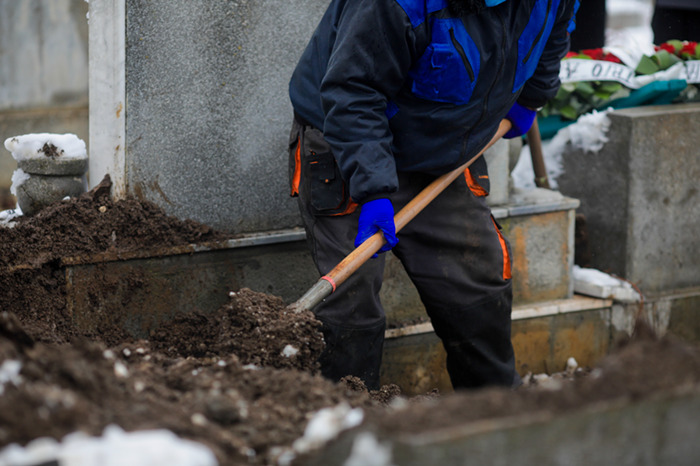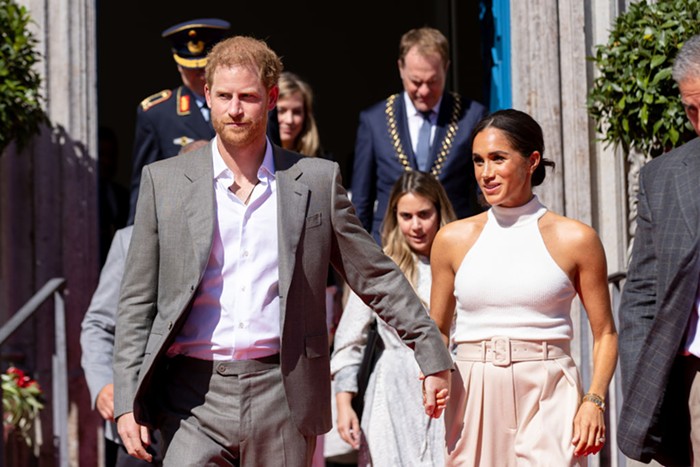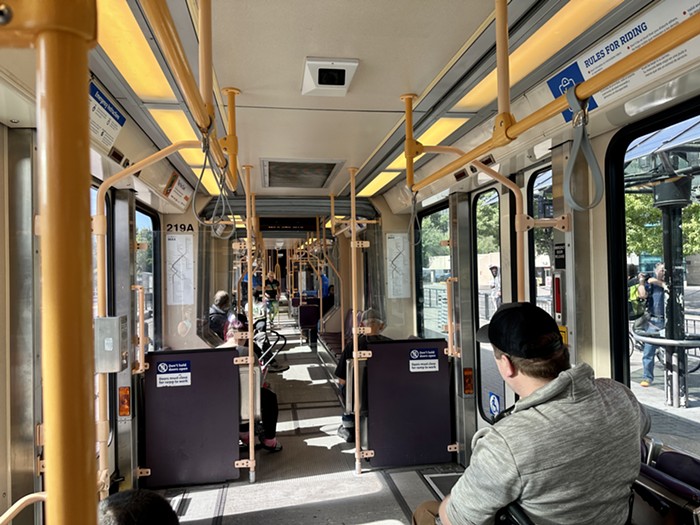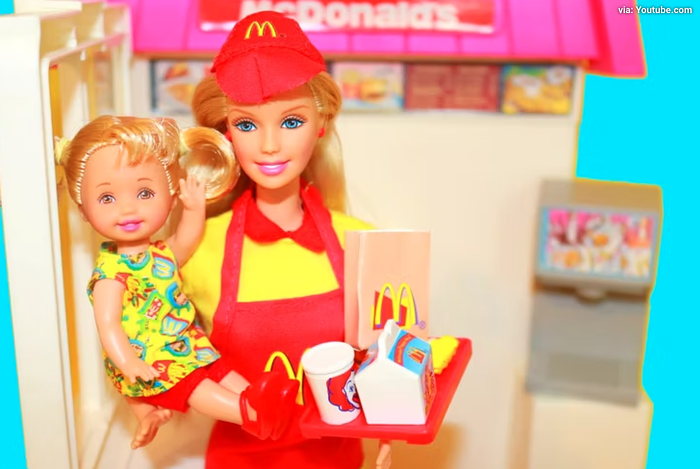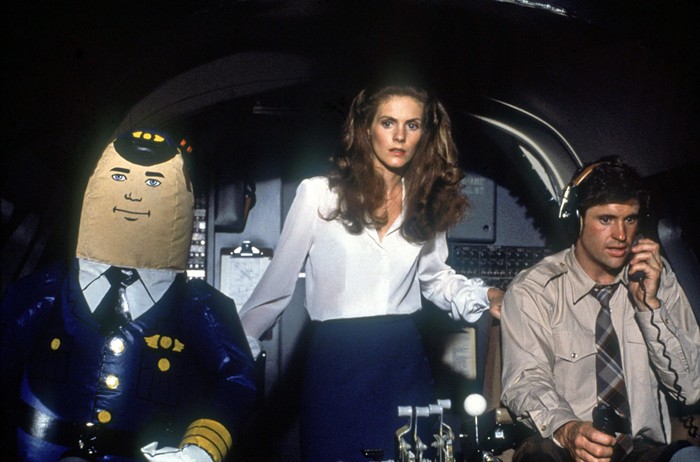By now, Storm Tharp's status as one of Portland's most gifted artists is old news. His work has been included in three Oregon Biennials and has become increasingly present in group exhibitions since he received his BFA from Cornell in 1992. And somehow the series of portraits in We Appeal to Heaven manages to exceed understandably lofty expectations. This new body of work (only "Einstein" has been previously displayed in last year's The Portrait Show) is almost exclusively limited to portraits of men, each approximately four by five feet and all rendered in ink, gouache, and graphite on paper. Given that description, Tharp's project might sound unadventurous. Instead, it is feverishly imaginative and technically stunning.
While these images conjure the twisted faces in Francis Bacon's portraits of popes, and certain motifs from traditional Japanese prints, they otherwise employ a very singular visual language. Most notably, Tharp juxtaposes precise and highly controlled lines with unpredictable, burbling washes of ink. In fact, in the artist's rather opaque statement, he describes these works as being "about how ink bleeds in water." The ink washes that typically make up the faces and hands of Tharp's subject soak into the paper, creating fuzzy-edged patterns and blotches. It's an effect that evokes a host of comparisons, from Rorschach blots to the bobbing shadows projected by a lava lamp. This interplay between the calculation of his brushstrokes and the creeping washes of ink is a formal illustration of order and chaos.
This tension is best seen in "Ex-King," in which a man, dressed in a striped dress shirt with an enormous flower looped through the collar, balances a ball of yarn on his head. There's painstaking detail in the mapping of the shirt's pinstripes, which navigate its folds, and the intricate weave of the wound ball of yarn. Likewise, the flower that hangs around the man's neck is rendered with the precision of a botanical illustration. The features of the man's round face, though, are warped and disfigured—as if it is being viewed through a kaleidoscope. His lips are stretched thin to a nearly unrecognizable extent and his eyebrows resemble paisley plumes. Across his face, a series of black splotches seem to hover on the surface of his skin, which could be interpreted as sores or even craters on his moony face. It's an undeniably psychedelic effect, but it's hardly some kind of gimmicky Op-Art illusion. After all, the subject of "Ex-King" is unsettlingly abject in his grotesque disfiguration.
Throughout the images, a haunting sense of displaced time persists. The subjects' hairdos, for example, from the cascading blue mane in "Jerimiah Puckett" to the dense afro in "The Duke of Albuquerque" reek of the 1970s. Similarly, the man in "Einstein" wears a loose batik peasant shirt, while the "Puckett" figure sports a tourist jersey that reads "HEAVEN," where you'd expect to read "MAUI." That Tharp's subjects bear these banal details makes them strangely anonymous; they seem to represent particular people less than they embody stereotypes of the '70s. But in the warped and curling features of their faces, they take on a mysterious quality. In the "Puckett" image, for instance, violence lurks in his distorted face. The subject's eyes are squinting, his nose is flattened like a snout, and his teeth hang over his bottom lip. Particularly with the phrase "HEAVEN" emblazoned across his chest, it's not hard to imagine that one is looking at the immortal expression of a corpse.
In We Appeal to Heaven, Tharp is pioneering his own brand of surrealism—one in which form and content are equally disorienting. While his figures' hair and clothing remain clearly defined, their skin takes on a fluid quality from the ink washes. As their features seem to swirl, sink, and slip out of focus, it may signify physical decomposition or, prompted by the exhibition's title, a kind of ghostly, shape-shifting animation in the afterlife. But this tension between the exactingly controlled lines Tharp uses to outline his figures and the hallucinatory rendering of their faces creates a jarring experience for the viewer, in which two incongruous styles must be reconciled. In this way, the formal strategies of the works in We Appeal to Heaven recreate a fundamental conundrum of existence: how the cold, hard evidence of the empirical world relates to an unseen spiritual realm. Tharp may not offer any answers in these enigmatic portraits, but there's such dazzling technical prowess in these works that contemplating that question hardly feels futile.
